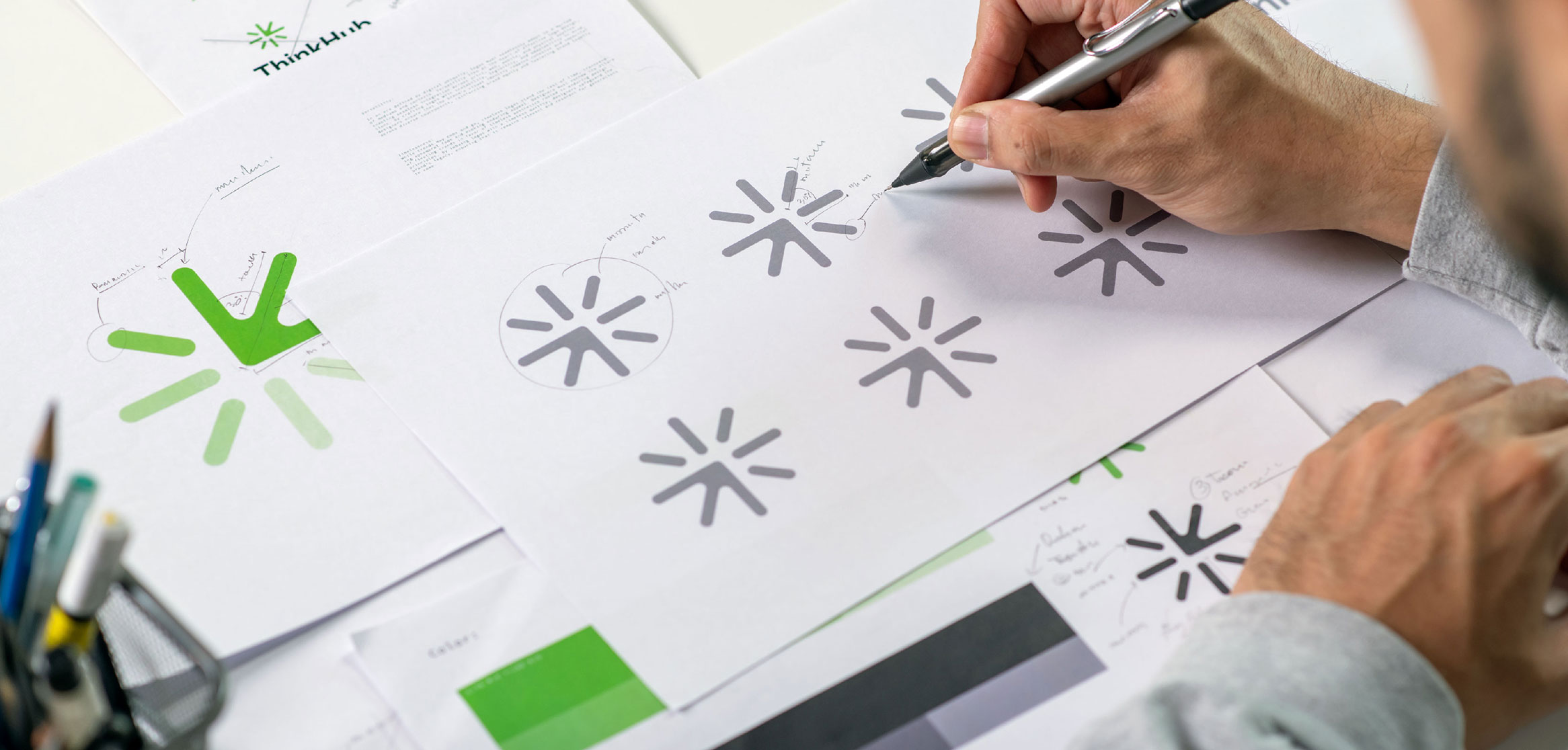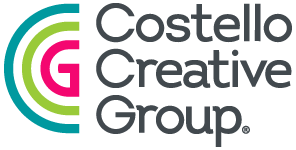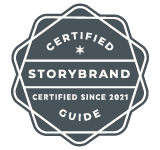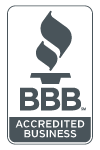
7 Signs Your Manufacturing Company Needs a Rebrand (And Why It Matters More Than You Think)
07.24.2025
|
Melissa Lipovsky
Your manufacturing company has been growing steadily for years. Production is up, you’re expanding into new markets, and your team is stronger than ever. But there’s something nagging at you about how your company presents itself to the world. Maybe it’s the logo that looked great in 2005 but feels dated now. Or perhaps it’s the disconnect between your cutting-edge capabilities and a brand identity that suggests otherwise.
If you’re questioning whether your manufacturing company needs a rebrand, you’re not alone. Industrial companies across the flavor, fragrance, chemical, and ingredients sectors are discovering that their brand identity either propels their growth or holds them back. The difference between the two often comes down to recognizing the right time to refresh your brand.
Let’s explore the key indicators that signal it’s time for your manufacturing company to consider a strategic rebrand.
1. Your Visual Identity No Longer Reflects Your Capabilities
This is perhaps the most common sign we see among manufacturing companies. Your business has evolved significantly since your last brand refresh, but your logo, color scheme, and overall visual identity haven’t kept pace.
Consider this scenario: You started as a small specialty chemical supplier, but you’ve grown into a full-service manufacturer with advanced R&D capabilities and international distribution. Yet your brand identity still looks like it belongs to that small supplier from a decade ago. When potential clients evaluate your company, their first impression doesn’t match your current reality.
Manufacturing companies often underestimate how much their visual identity influences perception. Engineers, procurement teams, and technical decision-makers may prioritize functionality over aesthetics, but they’re still human. A professional, modern brand identity signals reliability, innovation, and scale in ways that can impact purchasing decisions.
Your brand should immediately communicate your level of sophistication, technical expertise, and market position. If there’s a disconnect between what you deliver and how you present yourself, it’s time to bridge that gap.
2. You’re Expanding Into New Markets or Industries
Market expansion is an exciting growth phase, but it often reveals limitations in your current brand positioning. What worked perfectly for your original target market may not resonate with new audiences you’re trying to reach.
For instance, if you’re a fragrance manufacturer expanding from consumer products into industrial applications, your brand needs to speak to entirely different decision-makers. The messaging and visual identity that appealed to consumer goods companies might not convey the technical rigor and reliability that industrial clients expect.
Similarly, geographic expansion can reveal brand limitations. A regional identity that worked well in your home market might seem too localized when you’re trying to establish credibility with national or international prospects. Your brand should position you as a serious player in whatever markets you’re entering.
Strategic rebranding during expansion phases helps ensure your brand opens doors rather than creating barriers in new markets.
3. Your Industry Has Evolved, But Your Brand Hasn’t
Manufacturing industries are experiencing unprecedented change. Digital transformation, sustainability requirements, regulatory shifts, and changing customer expectations are reshaping how companies operate and compete.
If your brand identity was developed before these industry shifts, it may no longer reflect current market realities. For example, sustainability has become a crucial differentiator in chemical manufacturing, but older brand identities might not communicate environmental responsibility or innovation.
Similarly, as industries become more competitive and commoditized, differentiation becomes critical. A generic or outdated brand identity makes it harder to stand out in a crowded marketplace. Your brand should clearly communicate what sets you apart from competitors and
why clients should choose you over alternatives.
Modern manufacturing companies need brands that reflect their adaptation to industry changes and their ability to meet evolving customer needs.
4. You’re Struggling to Attract Top Talent
Your brand identity doesn’t just influence customer perception – it significantly impacts your ability to attract and retain quality employees. This is especially important in manufacturing, where skilled workers and technical expertise are increasingly difficult to find.
Younger professionals entering the workforce often evaluate potential employers based on their brand presence and perceived culture. An outdated or unprofessional brand identity can make your company seem behind the times, even if you’re actually leading in innovation and employee satisfaction.
Moreover, as manufacturing becomes more technology-driven, you’re competing with tech companies and other industries for engineering talent. Your brand needs to convey that you’re a forward-thinking, dynamic place to work, not a stagnant industrial operation.
A strategic rebrand can help position your company as an employer of choice in a competitive talent market.
5. Your Marketing Feels Disconnected or Ineffective
When your brand identity is unclear or outdated, it creates challenges throughout your marketing efforts. Your website, trade show materials, proposals, and sales presentations may feel disconnected because they’re not built on a cohesive brand foundation.
Manufacturing companies often struggle with marketing because their brand messaging isn’t clear or differentiated. Without a strong brand strategy, marketing efforts can feel scattered or generic, making it difficult to generate qualified leads or command premium pricing.
Additionally, inconsistent brand application across different touchpoints creates confusion for prospects. Your website might convey one impression, your trade show booth another, and your sales materials yet another. This inconsistency undermines credibility and makes it harder for prospects to understand your value proposition.
A comprehensive rebrand creates the foundation for more effective, cohesive marketing across
all channels.
6. Customer Feedback Suggests Perception Issues
Sometimes the need for rebranding becomes clear through customer feedback or market research. If clients consistently describe your company in ways that don’t match your intended positioning, your brand may be sending the wrong signals.
For example, if you’re positioned as a premium manufacturer but customers perceive you as a commodity supplier, there’s a brand communication problem. Similarly, if customers view you as too small or regional when you’re actually a significant player in your market, your brand identity isn’t serving your business goals.
Pay attention to how customers describe your company in testimonials, case studies, and informal conversations. If there’s a consistent disconnect between your intended brand positioning and market perception, rebranding can help align reality with perception.
7. You’re Preparing for Significant Business Changes
Major business transitions often require brand updates to reflect new realities. Mergers and acquisitions, leadership changes, significant capital investments, or strategic pivots all present opportunities to evaluate and refresh your brand identity.
For manufacturing companies, these transitions are particularly important because they often involve complex stakeholder groups. Customers, suppliers, employees, and investors all need to understand how changes affect their relationship with your company. A strategic rebrand can help communicate continuity, growth, and positive change during transitional periods.
Additionally, if you’re considering selling your company or seeking investment, a strong brand identity can significantly impact valuation. Companies with clear, professional brand identities often command higher multiples because they’re perceived as more valuable and less risky.
The Strategic Business Impact of Manufacturing Rebranding
Rebranding isn’t just about aesthetics – it’s a strategic business decision that can impact every aspect of your company’s performance. A well-executed rebrand can help manufacturing companies command premium pricing, attract better clients, improve employee recruitment and retention, and position themselves for sustainable growth.
The key is approaching rebranding as a strategic initiative rather than just a design project. Effective manufacturing rebrands start with deep discovery to understand your business goals, target audiences, competitive landscape, and market positioning. The visual identity and messaging flow from this strategic foundation.
When done correctly, rebranding creates alignment between your company’s reality and market perception, making every other business initiative more effective.
Ready to Explore Your Rebranding Options?
If you recognize your company in any of these signs, it might be time to consider a strategic rebrand. The manufacturing landscape is too competitive to let an outdated or ineffective brand identity hold back your growth.
Contact us today to discuss your rebranding needs and explore how a strategic brand refresh could impact your business. We specialize in helping manufacturing companies in the flavor, fragrance, chemical, and ingredients sectors (and more) build brands that drive real business results.
Want to learn more about our strategic rebranding process? We’d be happy to walk you through our approach and show you how we help manufacturing companies transform their market presence.
Your brand should be your biggest business asset, not your biggest limitation. Let’s talk about making that a reality for your company.
Share This!
B2B Branding Pro Tips & Insights
Receive B2B creative marketing tips, tools, and resources that create awareness and attract leads driving top line growth directly to your inbox.
"*" indicates required fields











